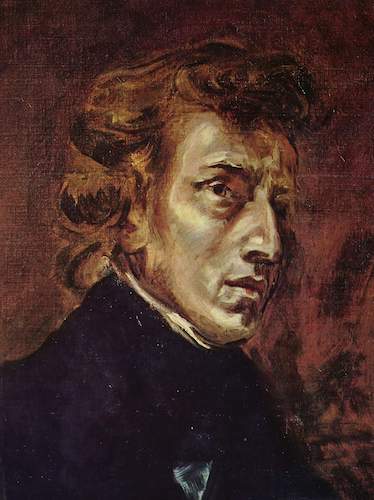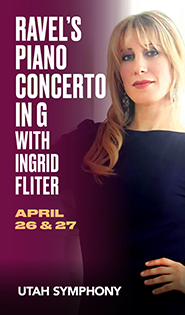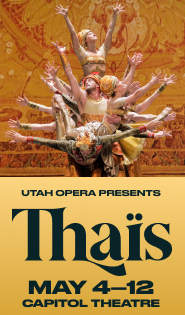NOVA launches new season with chamber music of the night

Painting by Eugène Delacroix, 1838.
Since Jason Hardink stepped down as music director two years ago, the NOVA Chamber Music Series hasn’t had a permanent director. Instead, each season has been led by someone new. Last season it was the Utah Symphony’s concertmaster Madeline Adkins, and for 2019-20 it’s the Utah State University-based Fry Street Quartet.
For its first concert on Sunday, the group decided on a program of music inspired by the night and chose an engaging blend of 20th and 21st century works separated by three Chopin Nocturnes. The concept worked quite well, with a cohesive program at Libby Gardner Concert Hall that transitioned seamlessly from piece to piece.
The three Nocturnes on the program (in order: Op. 27, no. 2, in D flat major; Op. 9, no. 1, in B flat minor; and Op. 72, no. 1, in E minor) were played by Frank Weinstock, who brought depth and definition to his readings. His playing flowed with nuanced expression and subtly crafted dynamics. He easily captured the mood of each nocturne with his soft, light touch and delicately delineated phrasings.
Music by John Harbison, Gabriela Lena Frank and Béla Bartók were also on the program.
Harbison’s Twilight Music, from 1985, for violin, horn and piano, is a wonderfully evocative and descriptive piece. Harbison created some interesting imagery that pianist Hardink and his Utah Symphony colleagues, violinist Claude Halter and hornist Edmund Rollett, underscored with their finely crafted and expressed playing.
Twilight Music is sectional—the music wanders between calm repose and almost stormy passion, each with its own motivic ideas—and the three instrumental parts don’t necessarily seem to be connected. But Hardink, Halter and Rollett managed to bring a clearly constructed seamless flow to the piece as a whole that gave it unity and definition.
Frank’s Canto de Harawi: Amadeoso, for flute, clarinet and piano, is a dream-inspired walk the composer imagines she has with Mozart. Written to evoke the style of a harawi, a traditional Andean genre, it’s a delightfully atmospheric piece that’s moody, dark and at times brooding, but always rhythmically dynamic. Frank’s writing for the flute and clarinet is colorful and remarkably imaginative.
For this performance, Weinstock was joined by Utah Symphony players Lisa Byrnes, flute, and Lee Livengood, clarinet. Byrnes and Livengood played wonderfully off each other with Weinstock’s part adding subtle support. The trio emphasized the melodic and fascinatingly exotic character of the piece with their thoughtful and sensitive playing.
The concert ended with Bartók’s Sonata for Two Pianos and Percussion, with Hardink and Weinstock at the two keyboards. They were joined by Utah Symphony percussionists Keith Carrick and Eric Hopkins.
The first movement of the sonata opens with a slow, deliberately paced and dark introduction before crescendoing into the rhythmically charged main body of the movement. The four players deftly captured the somber mood of the introduction and the syncopated rhythms and restless, frenetic energy of the allegro. Bartók integrates the large array of percussion instruments well with the two pianos, which at times play with harsh, powerful strokes. The quartet’s reading of this movement was a well-defined and finely balanced display of virtuosity.
The middle movement is another example of Bartók’s distinctive “night music,” a feature found in many of his larger works. The four musicians captured the eerie, otherworldly atmosphere of this movement with their well-expressed and delivered playing that brought seamless unity to the music.
The finale is a boisterous outburst that contrasts starkly with the heaviness of the first movement and the brooding darkness of the second. The four gave a vibrantly dynamic and exuberant reading that emphasized the energy and rhythmic vitality of the music.
The NOVA Chamber Music Series’ next concert features music by Ligeti and Brahms, and will take place 3 p.m. October 13 in Libby Gardner Concert Hall. novaslc.org.

